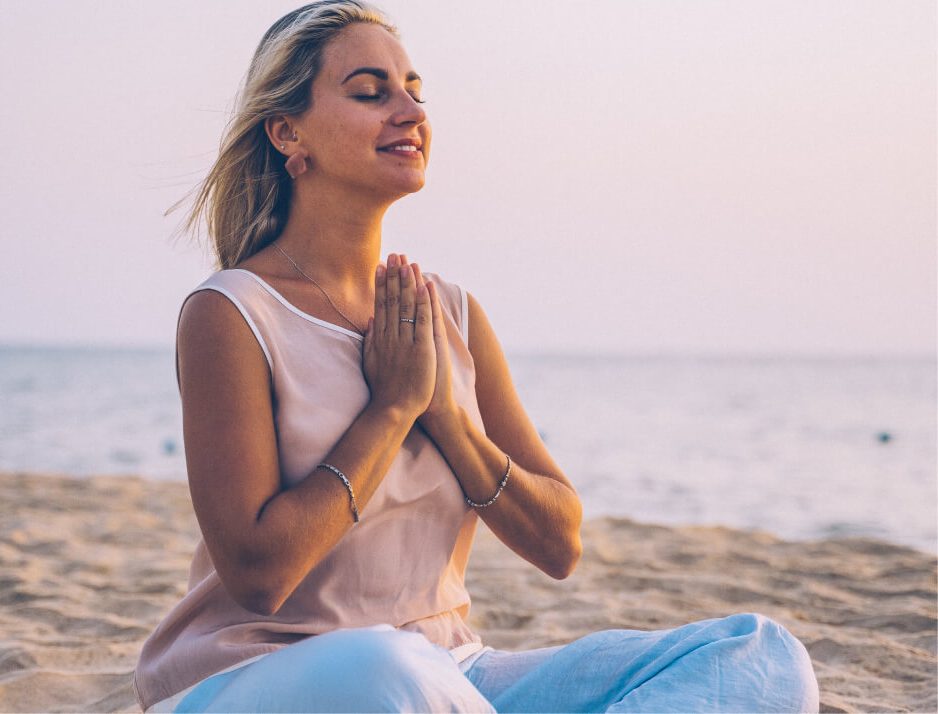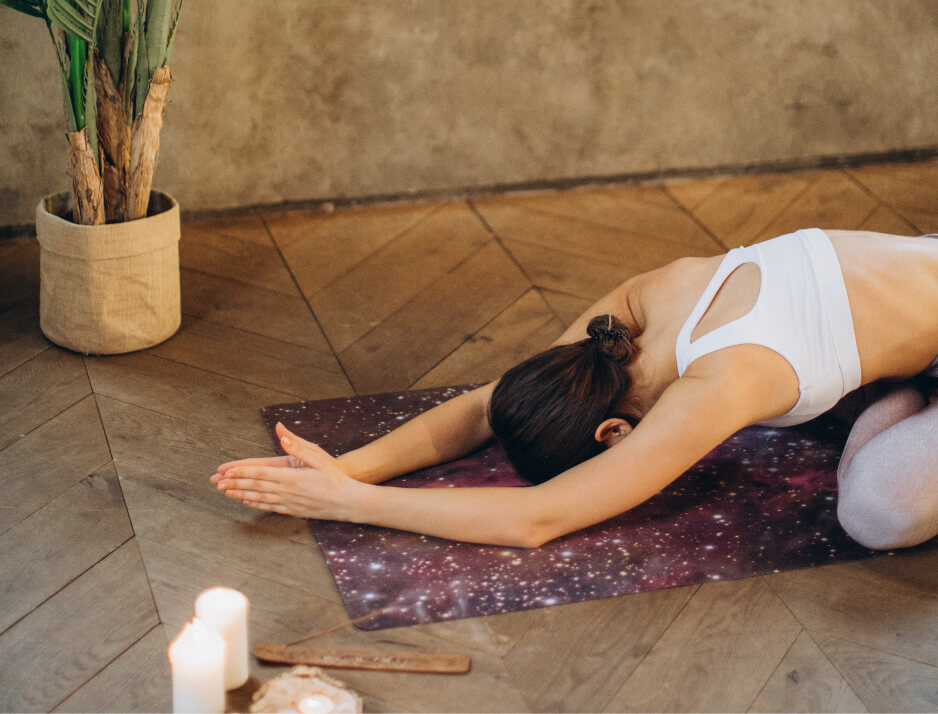Bridge Pose, or Setu Bandhasana in Sanskrit, is a gentle yet powerful backbending pose that offers numerous benefits for beginners in yoga. It’s an accessible way to open the chest and shoulders while strengthening the back, glutes, and thighs. This pose not only improves physical strength and flexibility but also has a calming effect on the mind, making it a valuable addition to any beginner’s practice.
Bridge Pose is a wonderful introduction to backbends, as it provides support from the ground and allows you to gradually open the front of your body. It counteracts the effects of prolonged sitting and can help to improve posture and alleviate back stiffness.
Building Your Bridge
Begin by lying on your back with your knees bent and your feet flat on the floor, hip-width apart. Ensure your feet are positioned so that you can just graze your heels with your fingertips. Keep your arms alongside your body with your palms facing down.
On an exhale, press firmly into your feet and lift your hips off the floor, engaging your glutes (buttock muscles). Continue lifting until your thighs are parallel to the floor. Maintain a straight line from your shoulders to your knees.
Keep your neck relaxed and avoid turning your head from side to side while in the pose. You can gently tuck your chin towards your chest to further open the upper back and neck.
You have the option to keep your arms pressing into the floor for support, or you can interlace your fingers underneath your back and press your arms down into the mat. This action helps to lift your chest higher towards your chin, creating a deeper opening in the front of your body.
Breathe deeply and evenly throughout the pose, holding for several breaths. To release, exhale and slowly lower your hips back down to the floor, vertebra by vertebra.
The Multifaceted Benefits of Bridging
Bridge Pose offers a wide range of benefits for the body and mind. Physically, it powerfully strengthens your back muscles, glutes, and thighs, contributing to better posture and stability. It stretches the chest, shoulders, and front of the hips, counteracting the hunched posture often associated with desk work. The pose also tones the abdominal organs and can help to improve digestion.
Furthermore, Bridge Pose can have a calming effect on the brain, helping to relieve stress and mild depression. The opening of the chest can promote deeper breathing and increase energy levels. It can also be beneficial for those experiencing mild back pain or sciatica.
Modifications and Variations for Beginners
For beginners, it’s crucial to listen to your body and avoid pushing yourself too far. If you experience any neck discomfort, keep your head and neck still throughout the pose. You can also place a block underneath your sacrum (the triangular bone at the base of your spine) for a supported Bridge Pose, which is a more passive and restorative variation.
If you find it difficult to keep your knees hip-width apart, you can place a block between your inner thighs to help maintain alignment. Focus on engaging your glutes to lift your hips rather than straining your lower back.
As you progress, you can explore variations like Single-Legged Bridge Pose (Eka Pada Setu Bandhasana) to further challenge your balance and strength. However, mastering the foundational Bridge Pose with proper alignment is essential for beginners.
Integrating Bridge Pose into Your Practice
Bridge Pose is often incorporated into yoga sequences as a gentle backbend to prepare the spine for deeper backbends or as a counterpose to forward folds. It can also be practiced as a standalone pose to strengthen the back and open the chest. Pay attention to how your body feels in the pose and use your breath to guide your movement.
In conclusion, Bridge Pose is a valuable and accessible backbend for beginners, offering a multitude of physical and mental benefits. Embrace the gentle lift and allow it to strengthen your back, open your heart, and calm your mind on your yoga journey.



